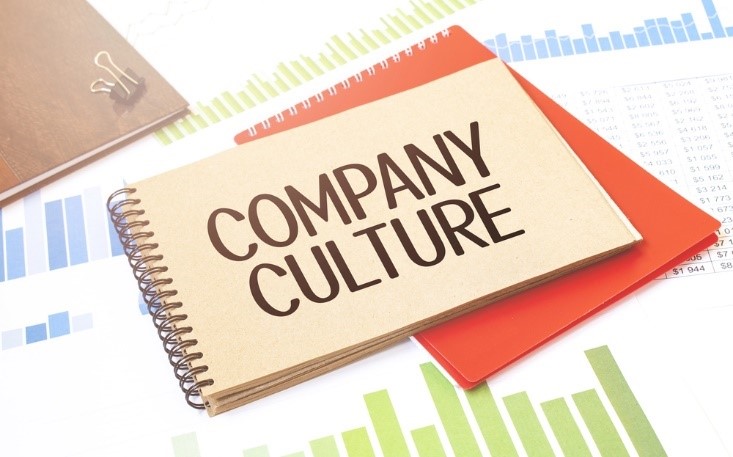
Introduction
Success in business isn’t just about strategies and systems—it’s about people. The way we behave, think, and interact forms the very culture of our organizations, directly impacting employee engagement, performance, and creativity.
The Role of Behavioral Science in Shaping Culture
Understanding psychological processes in workplace relationships empowers leaders to create environments that motivate, inspire, and drive long-term growth. Every employee contributes unique life experiences, incentives, and viewpoints, laying the groundwork for building cohesive, high-performing teams.
Key Psychological Insights
- Intrinsic Motivation:
Self-determination theory tells us that individuals excel when their needs for autonomy, competence, and relatedness are met. When employees own their work, trust their skills, and enjoy strong relationships with colleagues, productivity and innovation flourish. - Emotional Intelligence:
The ability to identify and manage one’s own and others’ emotions is essential for effective leadership and teamwork. Leaders with high emotional intelligence foster trust, proactively resolve conflicts, and ensure every team member feels valued and understood.
Company Culture: Impact on Engagement and Innovation
Company culture goes beyond policies and mission statements—it’s the everyday experience of every employee. A positive culture creates psychological safety, where team members can make mistakes, share ideas, and learn without fear of judgment or punishment. When people feel their ideas are welcomed, they’re more likely to challenge the status quo and drive innovation.
Group behavior also plays a critical role. According to social identity theory, people derive part of their self-concept from the groups they belong to. A strong, inclusive culture not only boosts individual well-being but also builds a sense of belonging that leads to shared goals and enhanced performance.
Practical Ways to Improve Company Culture
1. Encourage Open Communication:
- Create channels for employees to express themselves openly.
- Hold regular team and one-on-one meetings and establish effective feedback mechanisms.
- Invest in training workshops on empathy, conflict resolution, and stress management.
- Equip leaders and teams with the tools to navigate interpersonal dynamics successfully.
- Develop policies that normalize failure as a learning opportunity.
- Reward innovative attempts, even if they don’t yield immediate results, to foster a creative atmosphere.
- Promote diversity in team composition across demographics and experiences.
- Diverse teams challenge conventional thinking and generate unique, impactful ideas.
- Support ongoing training, mentorship programs, and job rotations.
- A culture of learning keeps employees engaged and ready for market shifts.
- Create physical and virtual environments that promote collaboration.
- Open office layouts shared common areas, and digital collaboration tools can help bridge physical gaps.
Conclusion
Human behavior is complex, and no single factor can explain it all. By focusing on what makes employees feel appreciated, understood, and empowered, leaders can cultivate a positive culture. The result? Cohesive, creative, and motivated teams that are well-equipped to adapt and thrive in today’s dynamic business environment.
Dr. Patty Ann
#CompanyCulture #BehavioralScience #EmployeeEngagement #LeadershipDevelopment
#TeamCollaboration
